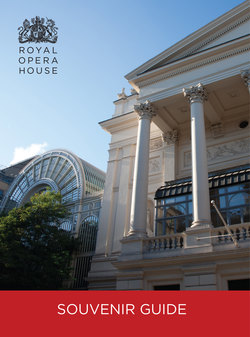Читать книгу The Royal Opera House Guidebook - The Royal Opera House - Страница 12
На сайте Литреса книга снята с продажи.
ОглавлениеTHE FIRST THEATRE
The story begins in 1732, when theatre manager John Rich built his Theatre Royal on the site of the present opera house (not to be confused with the other Theatre Royal in Drury Lane, which dates from 1663). The principal opera house at the time was the Italian Opera in the Haymarket, about a mile away.
Both the Drury Lane and the Covent Garden theatres had taken the name Theatre Royal, since both functioned by virtue of Letters Patent granted by King Charles II after his restoration to the throne in 1660. Charles issued Letters Patent to licence a limited number of theatres to prevent them being openly critical of the monarchy. But the arts have always found ways of getting their messages across, and theatres continued freely to present plays and satires critical of the Crown and government.
The Covent Garden theatre was financed by the enormous profits earned from Rich's production of John Gay's ballad opera The Beggar's Opera, a tale of pickpockets and thieves, characters drawn from London's underworld. Rich himself was a celebrated actor and Harlequin. Not surprisingly, his original intention was to build a playhouse in Covent Garden to stage plays and pantomimes enlivened by spectacular effects and stage tricks. But fashions change as always and theatres have to respond to new demands. Rich's diversions into other entertainments had already introduced serious opera and music to Covent Garden, and he set a new standard of musical composition at Covent Garden when he invited George Frideric Handel's company to give seasons of opera.
Handel was already in great demand as a prolific composer of operas in the Italian style. He was a celebrity in London, then Europe's largest city, and in his day the most influential figure
